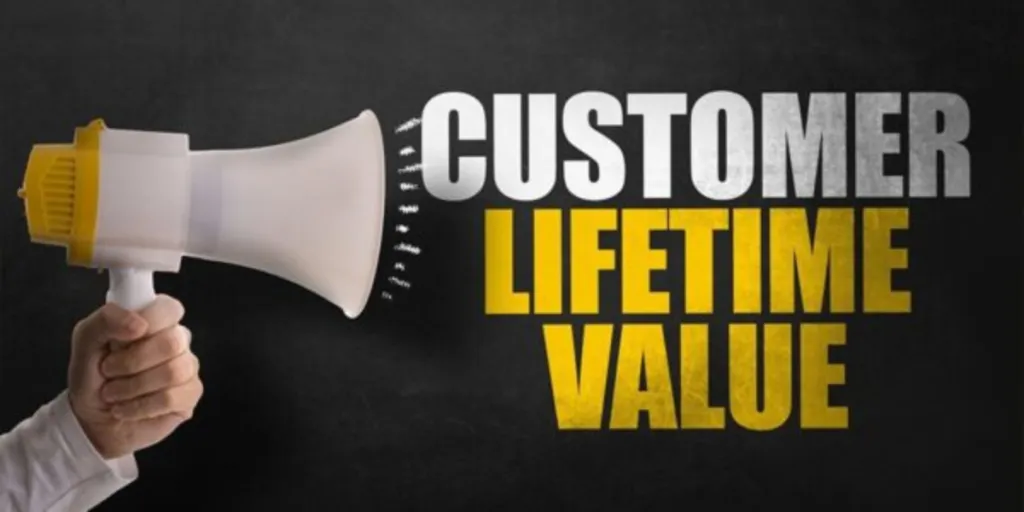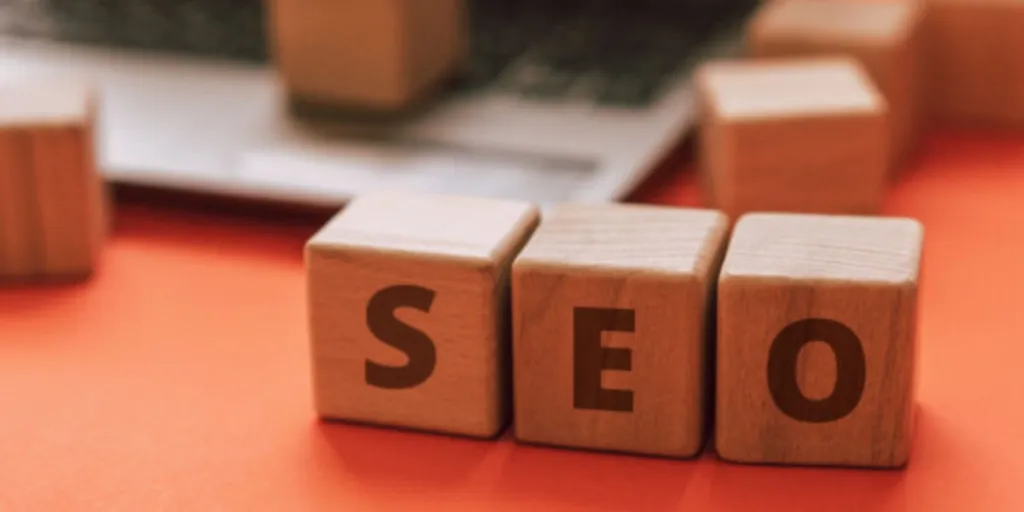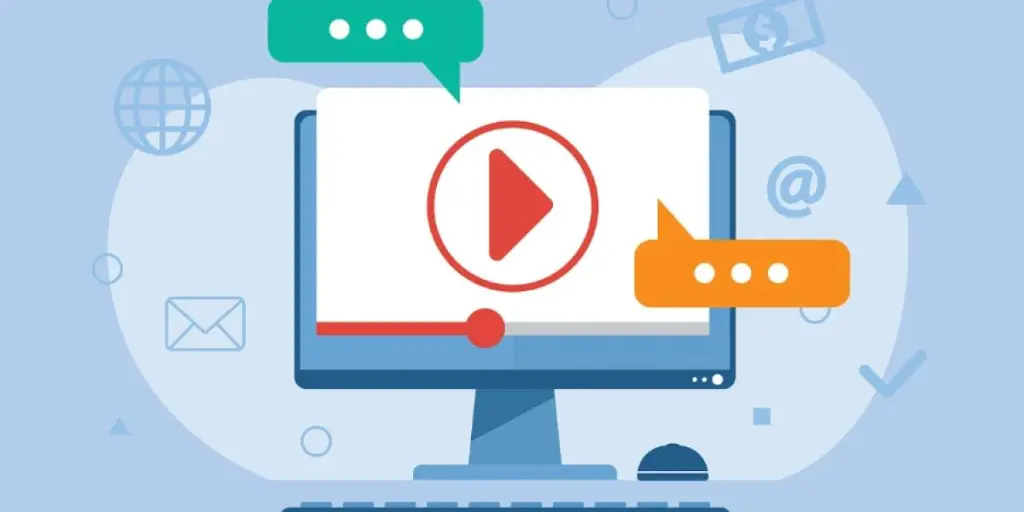Do you know the value of your existing customers? Generally, it’s easier to sell to existing customers than acquire new ones. Leveraging the existing customer base requires you to measure their value.
This article will go over everything there is to know about how to maximize customer lifetime value (CLV), why it matters, and how to calculate it.
Table of Contents
What is Customer Lifetime Value (CLV)?
Why is Customer Lifetime Value important?
How to calculate Customer Lifetime Value
How to increase Customer Lifetime Value
Conclusion
What is Customer Lifetime Value (CLV)?
Customer lifetime value can be defined as the total amount a client spends with your business or on your product for a specific period. The general formula is the amount paid by the customer on a daily, weekly, or monthly basis (average amount) multiplied by the number of days, weeks, or months in a year (Number of transactions) and the months or years the customer has spent on purchases in the business (Retention period).
The above formula can be based on historical data that gives an accurate customer value for the business. Or a predictive estimation guided by the customer’s behavior referring to the past that points or guides to the future.
The lifetime value of a customer is essential for a business since it will determine its profitability, guaranteeing sustainability. It will also inform the company how much investment is required to encourage clients to stick with it to increase profits. In turn, increased profits will help the enterprise invest more in customer acquisition to boost revenues.
A business should be able to establish CLV to streamline its expenditure and maximize profits. For instance, an entity should focus more on building identified clients with a higher CLV since it’s 60% to 70% easier to sell to an existing client than a new one which is 5% to 20%.
Why is Customer Lifetime Value important?
A robust CLV establishment gives a business an overall view of its customer base compared to the investment, revenue, and financial stability. It’s the one metric that defines the value of the business that attracts investors. Here are some reasons why CLV is pivotal for a business:
- CLV guides a business on how much to spend to get a similar customer without interfering with the current profitable relationships
- The business can determine the exact average amount a client is expected to spend over as specific period
- What products high CLV clients prefer
- The products with the highest profitability
- Which client relationships contribute the most to your product’s sales
- CLV helps identify the most profitable clients, understand them and figure out their purchase patterns. Like, what they prefer and what keeps them hooked to your product(s).
Customers who enjoy a company’s CLV are likely to make recommendations to friends. For instance, a Salesforce study suggests a direct link between an increase in revenue and referrals.
More so, 7% of recommendations resulted in 24% of orders with 26% revenue. Consequently, 37% of recommended customers return for more purchases compared to 19% of those not referred.
How to calculate Customer Lifetime Value
Calculating CLV can be done using two methods. The historical or the predictive approach. Whichever the case, CLV=Average amount x Number of transactions x Retention period.
For example, a CLV for a coffee restaurant can be;
- A visit to the restaurant thrice a week
- Spending $20 for every visit
- The customer has a one-year history
To calculate CLV;
Amount $20 x 3 (visits) = $60 a week x 4 (weeks in a month) x 12 (months in a year) = $2,880
The amount can be classified as the current value of the customer. Based on the history, the business can project the same for the following year to get an estimate of the revenue from the client. However, it’s not an accurate way of doing revenue forecasts since there are no guarantees.
Integrate records to create a customer journey
Customer Relationship Management applications (CRMs) are becoming more valuable daily. It’s now possible to collect data on first-time customers and track their visits to your establishment, what they buy, and how much they spend.
Therefore, demonstrating to the client their long term value to your business by rewarding their loyalty is only possible with the availability of records. Giving discounts and freebies to high CLV motivates them to stick with your brand and encourages them to influence others. To maximize customer lifetime means an increase in clients in the CLV bracket.
Measure revenue at each touch point
Spending more to enhance CLV compared to the revenue generated would be regressive. Alternatively, the company can realize varying revenues.
For instance, if your company invests $20 on contextual advertising on Youtube and, on average, attracts a client who spends $100 on the first visit, the company increases its revenue.
Likewise, if the company uses $30 on Facebook to get a client who spends $90 on average on the first visit equally realizes a revenue increase. But considering CLV, if the Facebook client spends $1350 interacting with your product 15X the following year and the Youtube one spends $1000 with 10X interaction, the Facebook client is a high CLV client.
As a result, the company should consider investing more in Facebook with $10 more than Youtube because the ROI on Facebook is more than that of Youtube. This type of CLV analysis is crucial in determining your marketing budget.
How to increase Customer Lifetime Value
Progressive businesses have the know-how to increase and maintain their CLV clients. A good grasp of CLV is key to revenue growth. A company can do the following to increase its CLV base;
The business should craft ways of increasing the average customer transaction. For example, your business can alert customers about the availability of more expensive snow boots with better functionality than what they regularly buy. This is a very common type of CLV strategy to boost sales.
Find out what goes with your product. For men, cologne can accompany an aftershave, shaving cream, and shaving machine.
- Amount spend on preferred product
Know the amount spent on the products preferred by high CLV customers and how the business can leverage the cost of goods sold (COGS) to increase profits.
- Customer engagement plus feedback
Speak with unhappy customers to discover their pain points and be open to their advice to enhance their interaction and loyalty to your products. Customers feel valued when their suggestions are taken into consideration, and this could help to increase customers in the long term.
- Customer loyalty programs
Offer exclusive deals that target existing clients to show appreciation for their loyalty. For instance, offer a customer loyalty program to increase customer engagement. Such a gesture can make less frequent customers feel like they’re missing out. The special treatment can motivate more to join the CLV base.
- Establish your product’s “x” factor
Find out more from your loyal customers about your product’s “x” factor and why they chose it. The “x” factor can be your product’s accessibility, durability, quality, quantity, or a combination of two or three in comparison to your competitor.
In relation to the “x’’ factor, identify how much the business needs to invest in retention to encourage and sustain high CLV clients. For instance, Bain & Company asserts that a retention rate increase of 5% can spur a profit increase of between 25% to 90%.
The increase in profit is because CLV clients do repeated purchases. With time, operational costs to maintain CLV clients decrease as they refer others to the product. Often, CLV clients are willing to pay premium rates for a product they’re convinced about.
Conclusion
Customer Lifetime Value is a metric that enables businesses to calculate their revenue and find ways of increasing it in the future. Companies with robust customer care programs emphasizing customer journeys leverage CLV to boost revenue.
Repeat business is a must for a business to remain stable. And repeat business is guaranteed when you maximize customer lifetime value. Therefore, aim to grow and track your business’ CLV base to realize increased revenue and sustainability.




